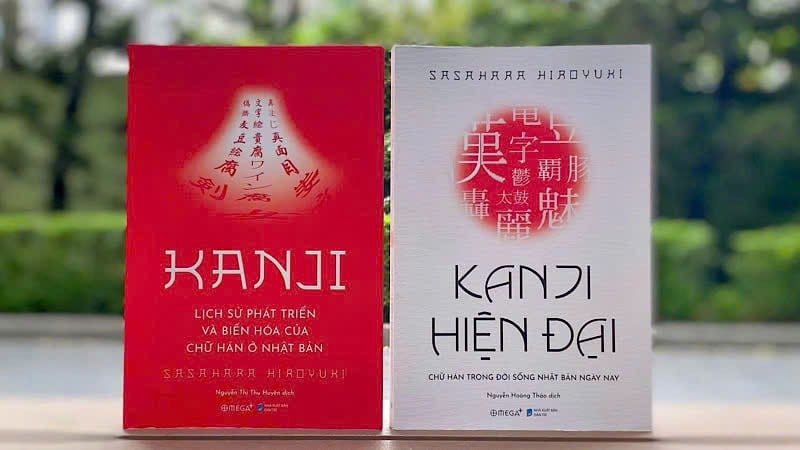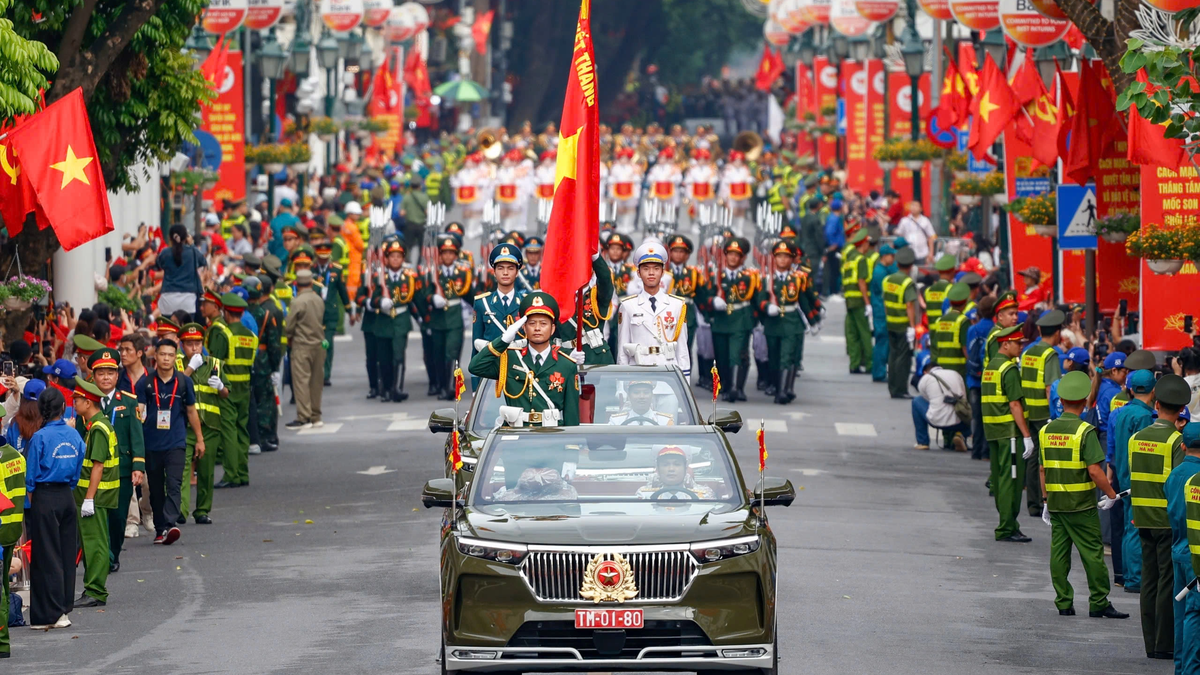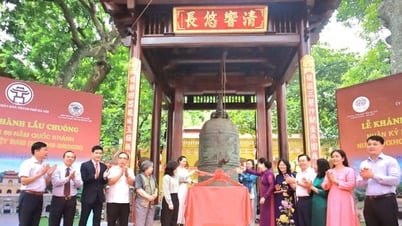 |
| The book is a useful resource for those studying Japanese writing and culture. |
The Kanji book series includes two books: "Kanji - History of development and transformation of Chinese characters in Japan" and "Modern Kanji - Chinese characters in current Japanese life", written by author Hiroyuki Sasahara, a famous scholar in the field of Japanese linguistics.
The book series takes readers on a journey to discover how the Japanese have adopted and “Japanized” Chinese characters over time. From “ghost characters” and “national characters” to the use of Kanji in modern life, each page of the book is a slice that deeply reflects the identity of Japanese culture.
Among them, “Kanji - History of the Development and Transformation of Chinese Characters in Japan” is one of Hiroyuki Sasahara’s most outstanding works. The book is published by Iwanami Shoten in the Iwanami Shinsho series - a prestigious academic book series, famous for its high-quality works on science , culture, and society. Being selected to be published in this series is a mark of the quality of the content.
The book takes readers on a journey to discover the diversity and flexibility of Kanji in Japanese culture, from its introduction from China to its transformation to suit Japanese language and society. The author analyzes how the Japanese have created and adapted Kanji through aspects such as meaning, usage, and strokes, creating a rich world of writing, from common characters to unique characters such as "ghost characters" (幽霊文字 - characters that no one can read), characters used in specific professions, to characters created by individuals.
The book not only analyzes Kanji as a writing system but also as a cultural phenomenon, reflecting the Japanese creativity and experimentation in "Japanizing" Kanji from Chinese origin. The big difference of the book is the way the author includes practical examples, such as the birth of the national character (国字) or how Kanji changes through place names, people's names, and even modern culture. In addition, the book also mentions unique issues such as "fake characters" in JIS (Japanese Industrial Standards) or the development of characters in the digital age, which are rarely seen in other documents.
Written in a clear style, combining in-depth research and interesting stories, the book is not only for linguists, students, and teachers of Japanese, but also attracts general readers who love Japanese culture. This is a resource that helps readers gain a deeper understanding of how Kanji shapes the Japanese language and culture, while also inspiring appreciation for the richness of this writing system.
“Modern Kanji - Chinese Characters in Today’s Japanese Life” is a profound study of the role and significance of Chinese characters in modern Japanese society. The author not only analyzes Chinese characters from a linguistic perspective but also explores the relationship between Chinese characters and emotions, vision and aesthetics in contemporary Japanese society. This brings a fresh and profound look at how Chinese characters influence Japanese thinking and culture.
The book explores the diversity in the way Chinese characters are written and used, from the choice between Chinese characters, Hiragana and Katakana, to how Chinese characters are used to emphasize or convey emotions in writing. Through specific examples and detailed analysis, the author shows that Chinese characters still play an important and vital role in everyday life, from education, media to popular culture.
In addition, the book also mentions the influence of Chinese characters in areas such as food, currency and education, as well as the connection with other Chinese-using countries such as China and Vietnam.
Hiroyuki Sasahara (born 1965 in Tokyo) is a renowned scholar in the field of Japanese linguistics, especially in the study of Kanji and the writing system. He graduated from Waseda University, majoring in Chinese Literature, and then obtained a PhD in Literature from the same university, specializing in Japanese linguistics (writing and expression). He is currently a professor at the Graduate School of Social Sciences, Waseda University. Sasahara has participated in important projects such as revising the list of “Common Kanji”, “JIS Kanji”, and “Kanji for Personal Names”. He is the author of many notable books such as The Position and Development of the National Language, which won the Kindaichi Kyosuke Prize and the Shirakawa Shizuka Prize, History of Kanji, and Dictionary of Kanji Expressions through Affixed Characters and Affixed Readings. With his meticulous yet accessible research style, Sasahara is highly regarded for bringing academic knowledge to the public. |
Source: https://baosoctrang.org.vn/van-hoa-the-thao-du-lich/202506/bo-sach-ly-thu-ve-hanh-trinh-phat-trien-va-bien-hoa-cua-chu-kanji-tai-nhat-ban-bc1643b/
































































































Comment (0)